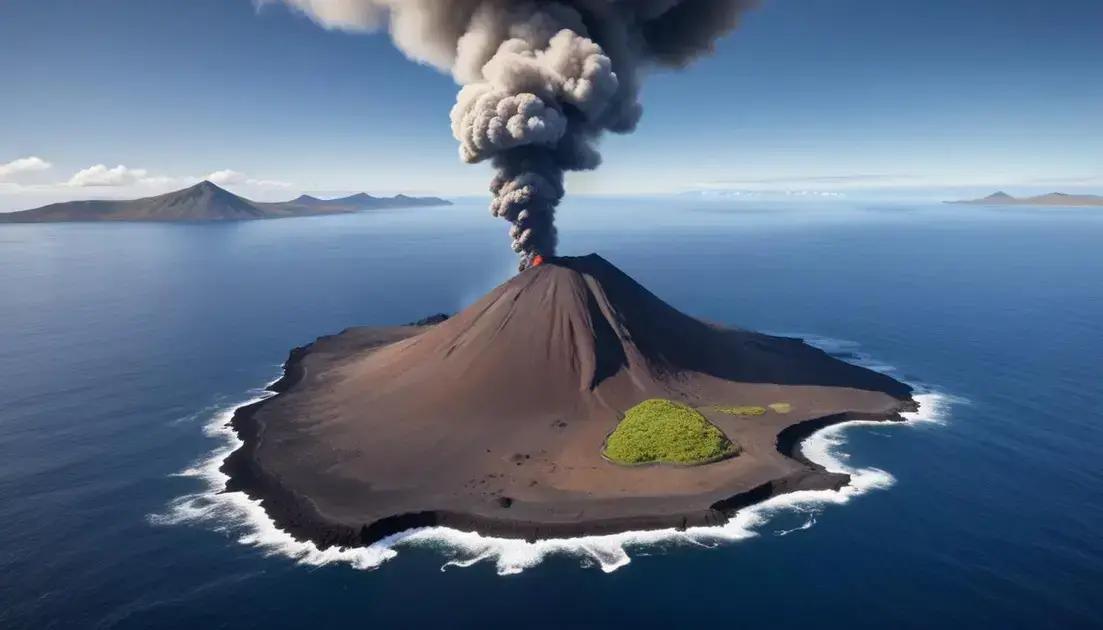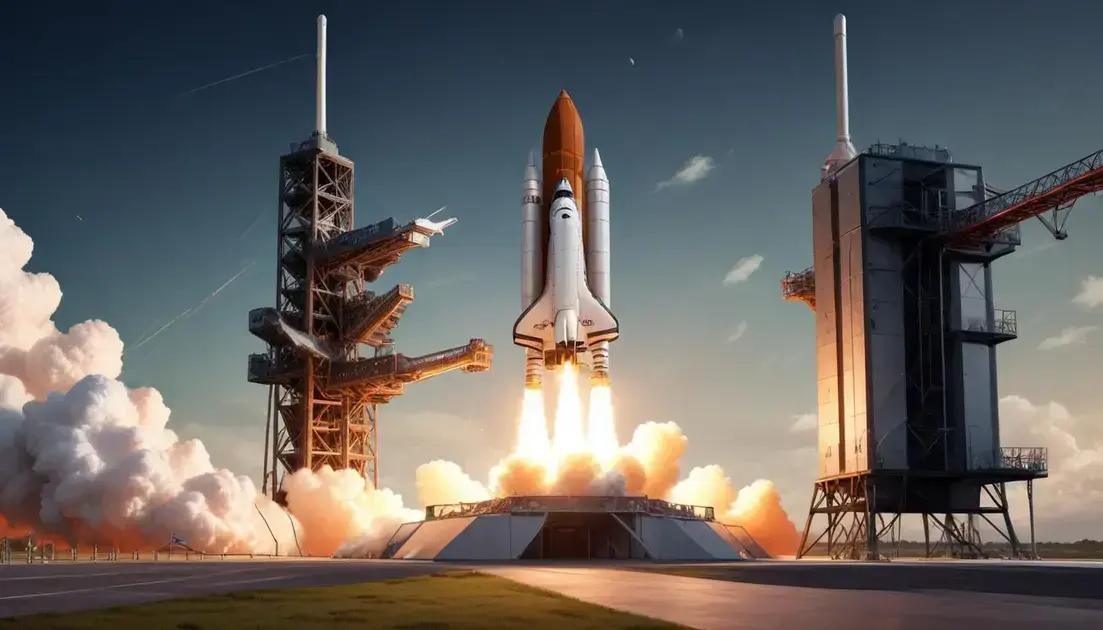
Surtsey: The Volcanic Island that Appeared and Became a Natural Laboratory
Surtsey is a volcanic island that emerged in 1963, serving as a unique natural laboratory for studying ecological succession. Scientists explore how life, such as plants and animals, colonizes this new land, providing insights into resilience and environmental change. Research on Surtsey reveals the vital interactions between species and their adaptation to harsh conditions, emphasizing the importance of biodiversity. As climate change and natural events influence its landscape, ongoing studies contribute to conservation efforts, showcasing nature’s ability to adapt and thrive.
Surtsey, a volcanic island that emerged in 1963, provides a unique glimpse into ecological succession. Want to know how life adapts to new land? Let’s dive in!
The Birth of Surtsey
The birth of Surtsey is a fascinating story. It all started in 1963 when fishermen near Iceland noticed some strange happenings in the sea. An underwater volcanic eruption began, bringing new land above the water’s surface. This event created the island that we know today as Surtsey.
At first, Surtsey was just a rocky landscape, covered with ash and stones. The air was filled with the sounds of waves crashing and steam rising. Many people were amazed to see the island form before their eyes.
Scientists quickly recognized Surtsey as a unique chance to study how life starts in a new environment. They made special rules to protect the island while they observed how plants and animals would come to inhabit it. This created a natural laboratory for researchers!
After the eruption, tiny seeds and birds began arriving. They traveled by wind or sea. Over the years, Surtsey has seen various life forms, from lichens to different plant species. This process of life colonizing new land is called ecological succession. It’s an essential part of nature.
Scientists visit Surtsey to learn more about this process. They document how life changes the island and adapt to harsh conditions. Surtsey has taught us many things about nature, evolution, and the power of life.
Scientific Studies on Surtsey
Scientific studies on Surtsey are vital for understanding how life begins on new land. Since the island formed, researchers have visited regularly. They want to see how plants and animals colonize this volcanic island.
Scientists at Surtsey study many different things. They look at how quickly life starts on the island. For example, they monitor seed dispersal. This means how seeds travel from one place to another to grow in new areas.
Birds play a significant role in this process. They visit Surtsey and bring seeds on their feathers or in their droppings. This helps create new plants. Over time, these plants help build the ecosystem.
Another part of the research is observing how life adapts to harsh conditions. Surtsey is unique because it has extreme weather and limited soil. Scientists study how specific species can survive and grow in these tough situations.
The studies on Surtsey also include studying interactions between species. For example, how do different plants support animal life? These questions help scientists understand ecosystems better and teach us about nature as a whole.
Through all these studies, researchers gather important data. This information helps us learn more about environmental change and can guide future conservation efforts. Surtsey teaches us about resilience and the power of nature.
The Role of Surtsey in Understanding Ecological Succession
The role of Surtsey is crucial in understanding ecological succession. Ecological succession is the process by which life gradually returns and develops in a new environment. This might happen after events like volcanic eruptions or wildfires. Surtsey provides a perfect example of this process.
When Surtsey formed, it was lifeless and barren. Scientists have carefully monitored how different species arrive over time. They focus on how plants and animals start to inhabit the island, one layer at a time. This process shows us how ecosystems grow and change.
At first, small plants, like lichens and mosses, were the first to appear. They create soil, making it easier for other plants to grow. These early colonizers are essential for starting the chain of life. They pave the way for larger plants.
As more plants grow, they attract animals, such as birds. These animals help spread seeds, further helping the ecosystem expand. This interaction shows the connection between different species and their environment.
Studying Surtsey helps scientists learn how ecosystems respond to change. It teaches us about the resilience of nature and the importance of biodiversity. Each new species discovered adds to our understanding of the complex web of life on Earth.
Through these studies on Surtsey, researchers gain insight into environmental management and conservation. The knowledge we gain here can help us protect other fragile ecosystems around the world.
Future of Surtsey and Environmental Change
The future of Surtsey is an important topic in the study of environmental change. As time passes, this volcanic island will continue to evolve. Scientists keep a close eye on how nature affects the island and how the island affects nature.
Climate change is a major factor to consider. Rising temperatures can impact plant and animal life. Some species may struggle to adapt to new conditions. Researchers study these changes to understand what might happen in the years to come.
Natural events, like storms or volcanic activity, also play a role in Surtsey’s future. These events can reshape the landscape and change its ecosystem. Understanding how these elements interact helps scientists predict future changes.
Another factor is human activity. While Surtsey is protected, nearby activities can still have effects. Pollution or development in the region may impact local wildlife. This makes ongoing research essential for conservation efforts.
As researchers study Surtsey, they gather valuable information. This information can help us protect other fragile ecosystems as well. The lessons learned from this island can benefit conservation worldwide.
In the end, Surtsey serves as a reminder of nature’s ability to adapt. It also shows the importance of protecting our environment. Understanding the future of Surtsey helps us plan for a sustainable world.
Conclusion
In conclusion, the story of Surtsey teaches us valuable lessons about nature and change. This volcanic island shows how life begins and grows in new environments. As scientists study Surtsey, they learn more about ecological succession and how species interact.
Looking ahead, the future of Surtsey remains uncertain. Climate change and natural events could shape its landscape. Protecting this island is crucial, as it provides insights into how ecosystems can thrive despite challenges.
Overall, Surtsey serves as a living laboratory. It reminds us of nature’s power and resilience. By understanding and studying places like Surtsey, we can better protect our planet and its precious ecosystems for future generations.


